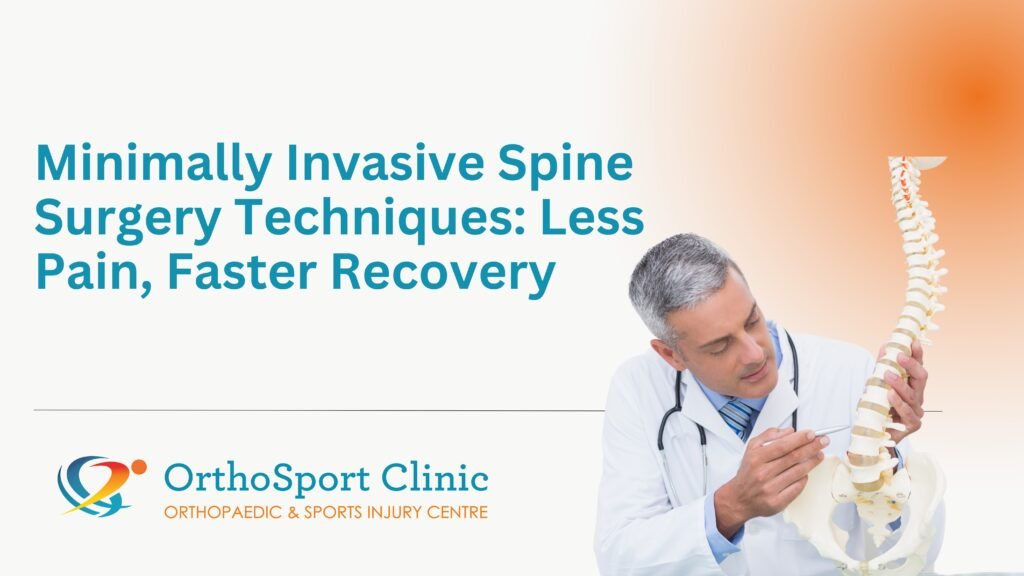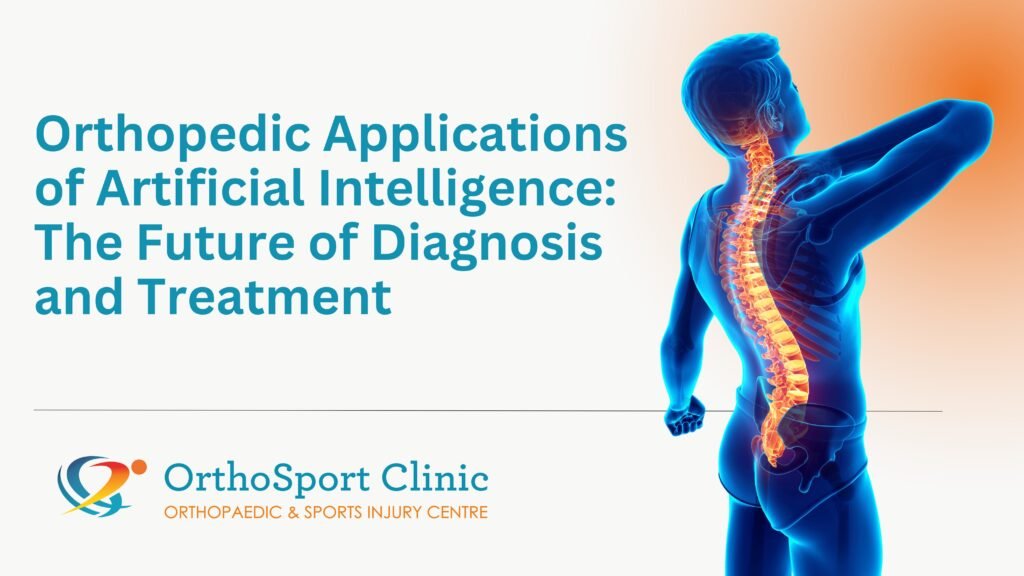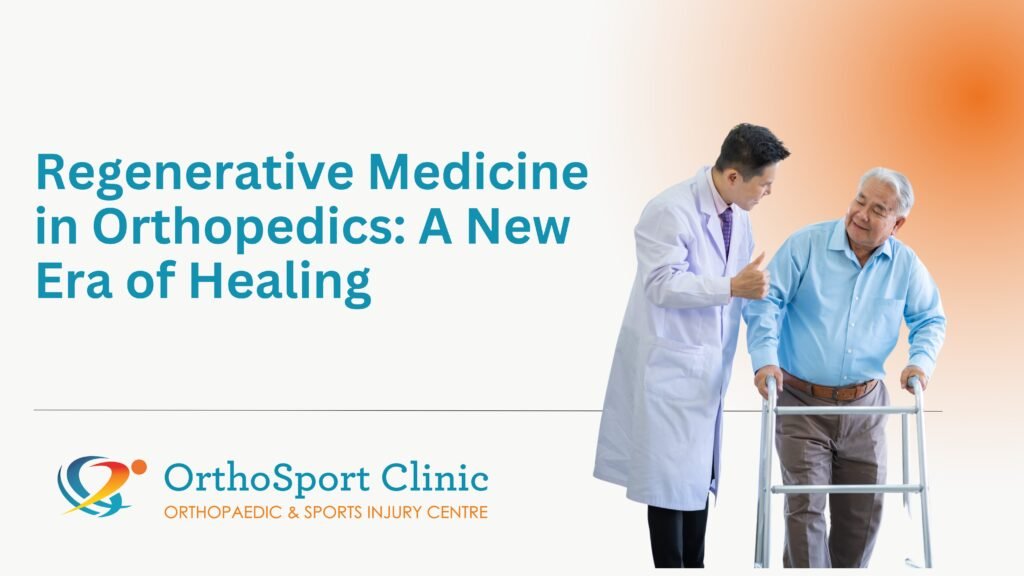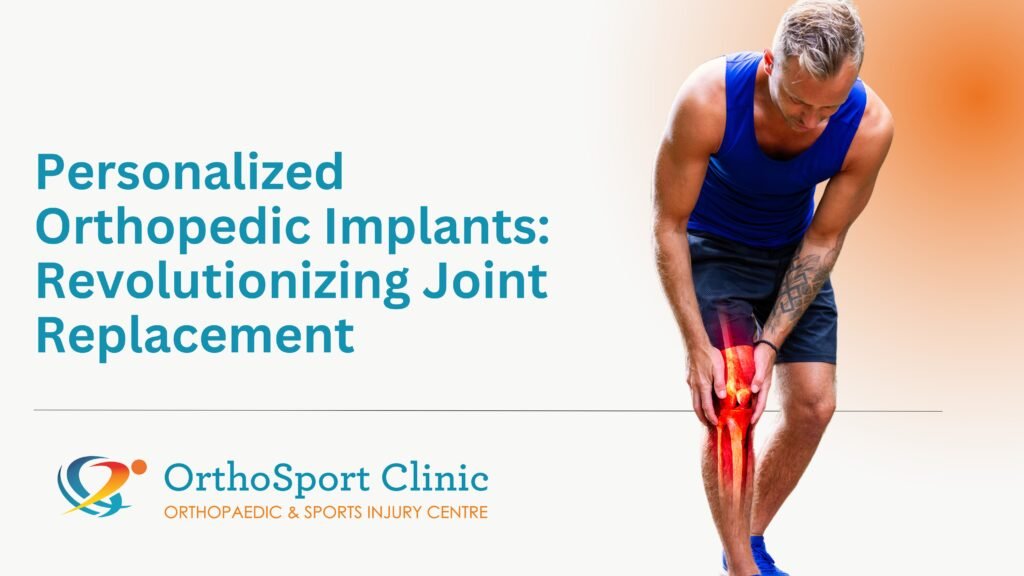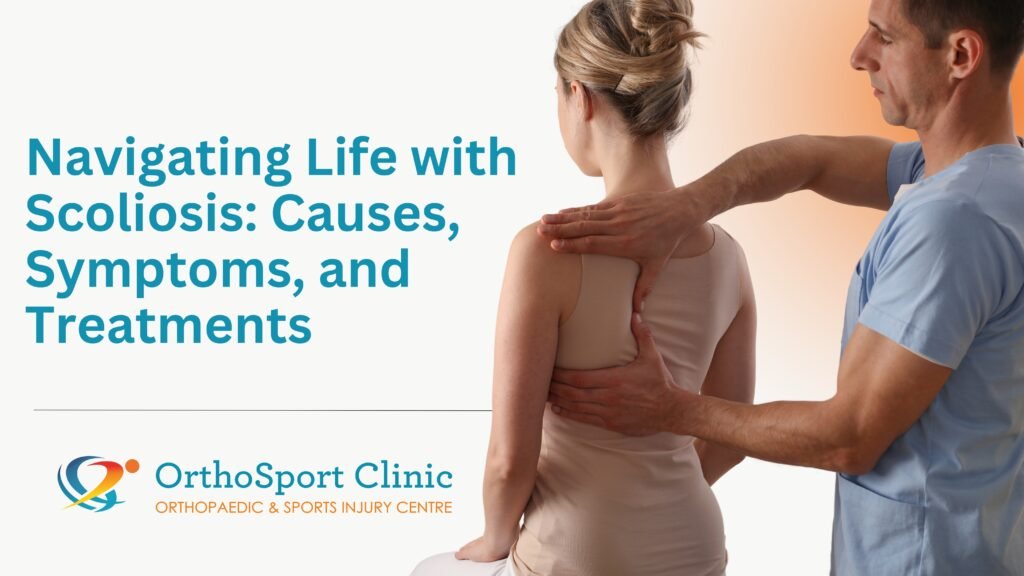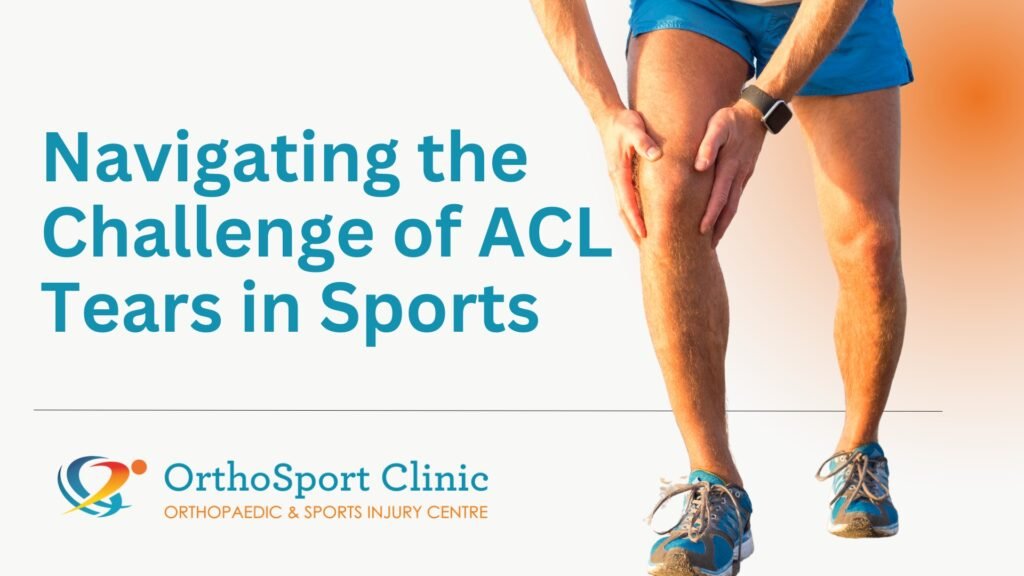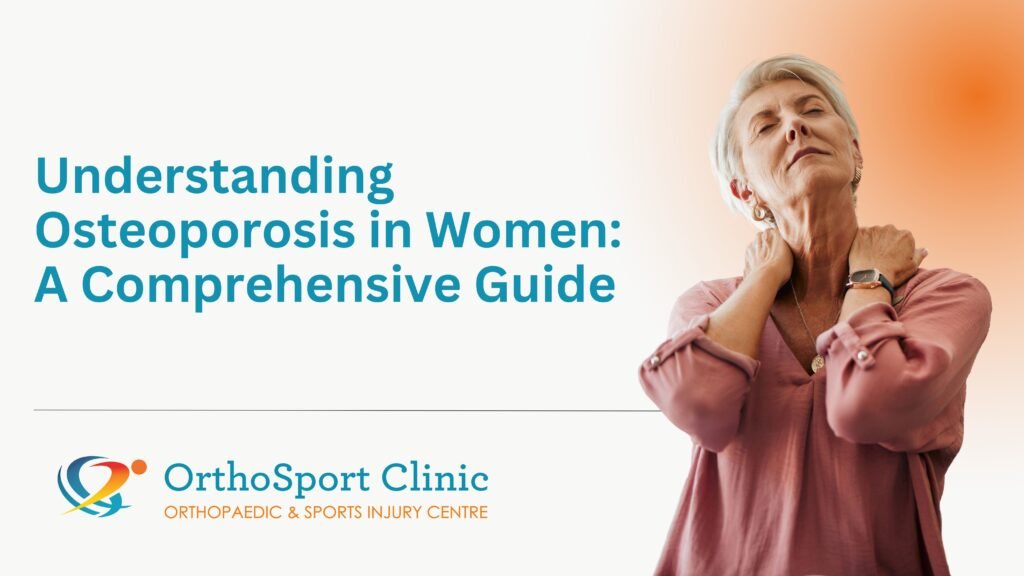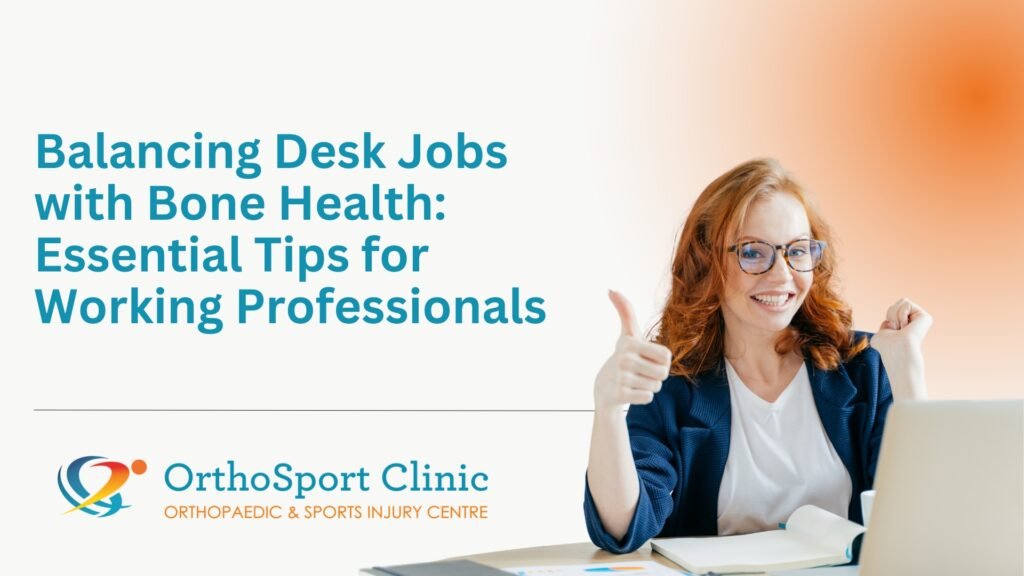Discover the benefits of minimally invasive spine surgery techniques and how they are revolutionizing spine care with less pain and quicker recovery.
Minimally invasive spine surgery (MISS) represents a significant advancement in the field of orthopedic surgery. By using smaller incisions and advanced techniques, MISS provides patients with an alternative to traditional open spine surgery, offering numerous benefits in terms of recovery and outcomes. Key Techniques in Minimally Invasive Spine Surgery Endoscopic Spine Surgery: This technique involves the use of a small camera (endoscope) and specialized instruments to perform surgery through tiny incisions. It allows for precise treatment of herniated discs and spinal stenosis with minimal tissue damage. Percutaneous Techniques: Procedures such as percutaneous discectomy and percutaneous vertebroplasty involve inserting instruments through small punctures in the skin, reducing the need for large incisions and muscle disruption. Benefits of Minimally Invasive Spine Surgery Reduced Pain: Smaller incisions mean less disruption to surrounding tissues, resulting in reduced postoperative pain and discomfort. Shorter Recovery Time: Patients typically experience a faster recovery and can return to their daily activities sooner compared to traditional surgery. Lower Risk of Complications: The minimally invasive approach generally leads to fewer complications, such as infections and blood loss. Patient Experience and Outcomes Improved Mobility: Many patients report significant improvements in mobility and function following MISS, thanks to the reduced trauma and quicker recovery. Less Scarring: The smaller incisions result in minimal scarring, which can be a significant cosmetic benefit for many patients. Minimally invasive spine surgery techniques are transforming how we approach spine care, offering patients a less painful, quicker recovery option compared to traditional methods. With advancements in technology and surgical techniques, MISS is becoming an increasingly viable option for those suffering from spine conditions.

